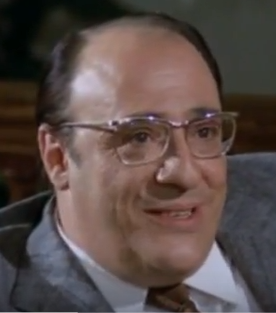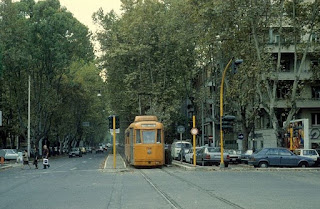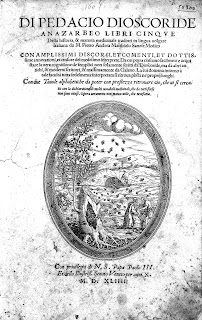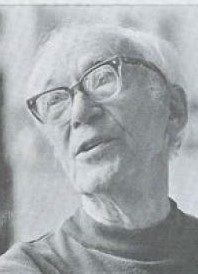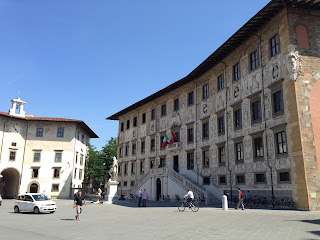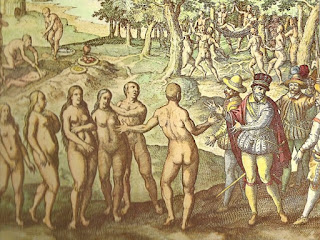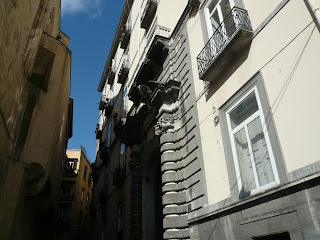Accidental death of an aristocratic activist
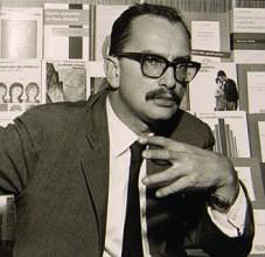 |
| Giangiacomo Feltrinelli was both one of Italy's richest men and a passionate revolutionary |
Giangiacomo Feltrinelli, a leading European publisher and
one of Italy’s richest men, died on this day in 1972 after being blown up while
trying to ignite a terrorist bomb on an electricity pylon at Segrate near
Milan.
It was a bizarre end to the life and career of a man who had
helped revolutionise Italian book publishing. He became famous for his decision
to translate and publish Boris Pasternak’s novel Doctor Zhivago after the
manuscript was smuggled out of the Soviet Union, where it had been banned on
the grounds of being anti-Soviet.
This was an event that shook the Soviet empire and led to
Pasternak winning the Nobel Prize for Literature.
Feltrinelli also started the first chain of book shops in
Italy, which still bear his name.
He was born in 1926 into a wealthy, monarchist family. At
the instigation of his mother, Feltrinelli was created Marquess of Gargnano
when he was 12 by Benito Mussolini.
During the Second World War, the family left their home,
Villa Feltrinelli, north of Salò on Lake Garda to make way for Mussolini to
live there. But in the later stages of the war, Feltrinelli enrolled in the
Italian Communist Party and fought against the Germans and the remnants of
Mussolini’s regime.
 |
| The newspaper front page announcing the death of Giangiacomo Feltrinelli |
From 1949 onwards, Feltrinelli collected documents for the
Giangiacomo Feltrinelli Library in Milan relating to the development of the
international labour and socialist movements.
Feltrinelli established a publishing company in Milan in
1954.
His determination to publish Doctor Zhivago in 1957 was
vindicated when it became an international best seller. He later sold the film
rights to MGM for 450,000 dollars.
But Feltrinelli was criticised by Italian Communist Party
members for defying Moscow and as a result decided not to renew his party
membership.
He opened his first Feltrinelli book shop in Pisa in 1957 and,
by his death, the chain of shops was the largest in Italy.
After meeting Cuban leader Fidel Castro, Feltrinelli
published his writings, along with those of Che Guevara and Ho Chi Minh.
Among other causes, he gave financial support to the
Palestine Liberation Front.
Feltrinelli increasingly advocated guerrilla activity in
Italy on behalf of the working classes. Anticipating assassination attempts by
the CIA or Mossad, he assumed a battle name, Osvaldo, and went underground.
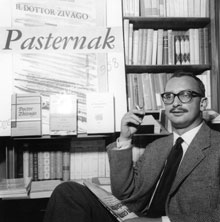 |
| Feltrinelli celebrates publishing the banned Russian novel Doctor Zhivago |
After he was found dead at the foot of the pylon, apparently
killed by his own explosives, his death was immediately thought to be
suspicious.
His stepfather, the writer Luigi Barzini, considered but
ultimately rejected the idea that he was deliberately killed.
In 1979 during an anti-terrorist trial, Red Brigades
defendants read a signed statement to the court saying Feltrinelli had been
engaged in an operation to sabotage electricity pylons to cause a blackout in a
big area of Milan. They said he committed a technical error that led to his
fatal accident and the failure of the whole operation.
Forty years after his death, the newspaper Corriere della Sera published
forensic reports claiming Feltrinelli had been tied to the pylon before the
bomb was detonated, implying he had been killed and framed by Italian or
Israeli security forces. There has also been speculation that Feltrinelli was
murdered by the KGB.
 |
| The Grand Hotel Villa Feltrinelli sits on the shore of Lake Garda |
Travel tip:
Villa Feltrinelli, which was vacated by the Feltrinelli
family to provide a home for Mussolini during the war, is now the Grand Hotel
Villa Feltrinelli in Via Rimembranza, Gargnano. One of the most prestigious
hotels in the world, this neo-Gothic villa was built by the Feltrinelli family
on the shores of Lake Garda in the 19th century. It is where Mussolini spent
his last 600 days, while he headed the Republic of Salò, before he was
apprehended and executed while trying to escape from Italy.
 |
| Fondazione Giangiacomo Feltrinelli in Milan |
Travel tip:
The Fondazione Giangiacomo Feltrinelli in Viale Pasubio,
Milan, was founded in 1949 as a library. It has an archive of nearly 1.5 million
items, 250,000 volumes and 16,000 journals on the themes of equal society and
citizens’ rights. The current building, designed by the Swiss architects Jacques Herzog and Pierre de Meuron, is open to visitors from 9.30 to 17.30 Monday to Friday.
To arrange a guided tour, contact visiteguidatefgf@gmail.com.
More reading:
The accidental death of an anarchist
Piazza Fontana bombing
Mussolini's last stand
Also on this day:
1820: The birth of King Victor Emmanuel II
1835: The birth of Giovanni Schiaparelli, who believed there were canals on Mars
(Picture credit: Villa Feltrinelli by BMK via Wikimedia Commons)
More reading:
The accidental death of an anarchist
Piazza Fontana bombing
Mussolini's last stand
Also on this day:
1820: The birth of King Victor Emmanuel II
1835: The birth of Giovanni Schiaparelli, who believed there were canals on Mars
(Picture credit: Villa Feltrinelli by BMK via Wikimedia Commons)
